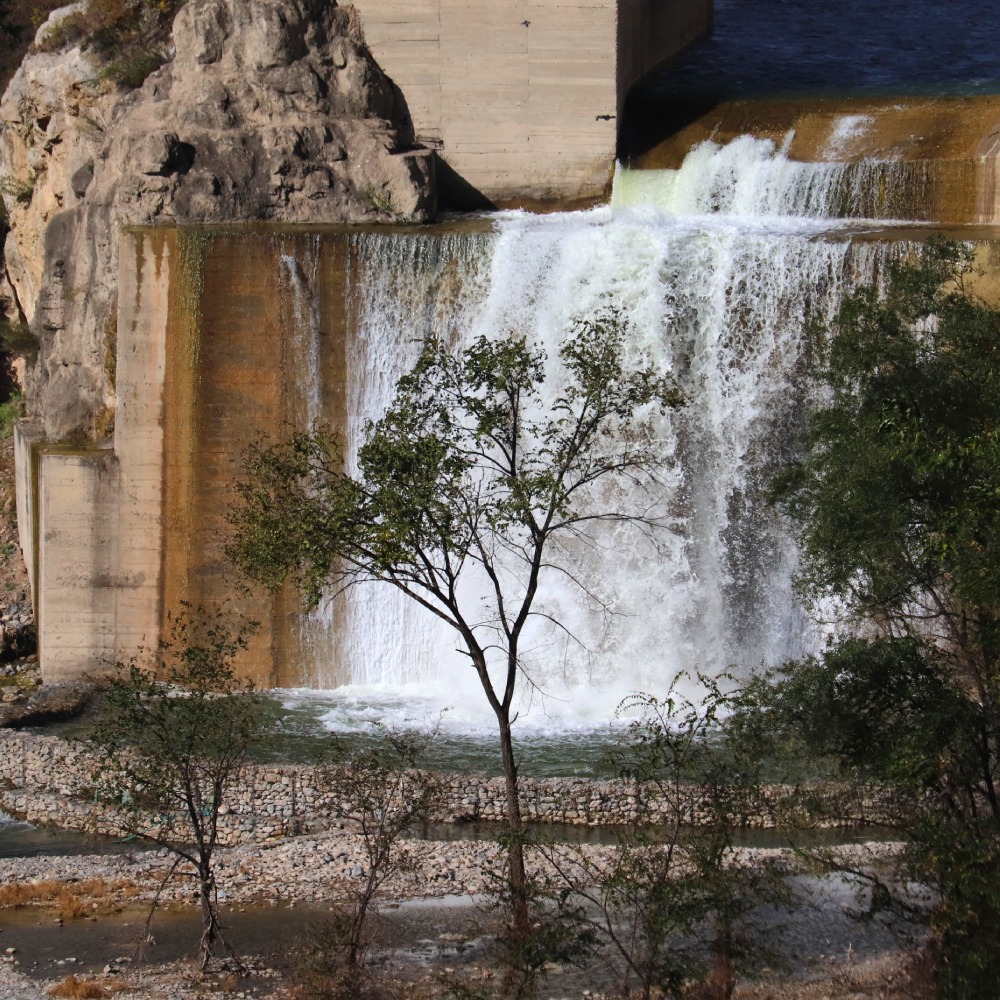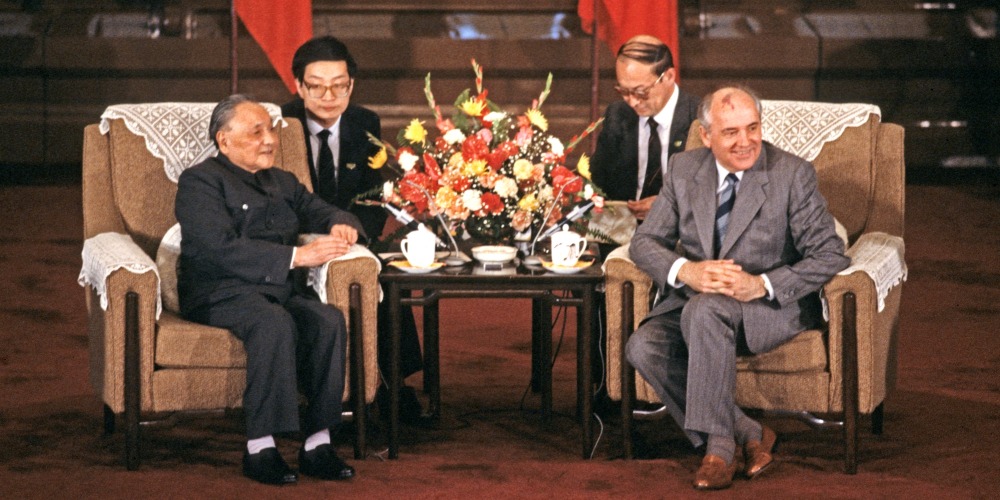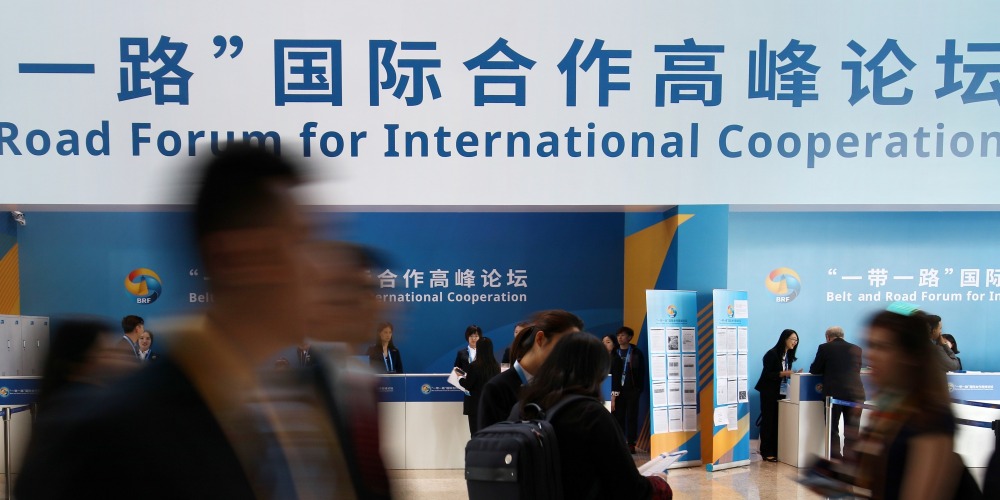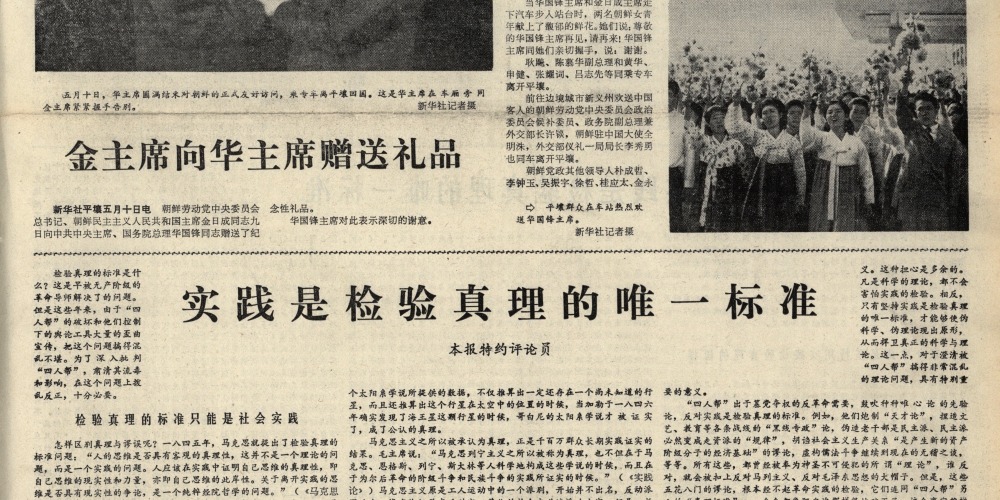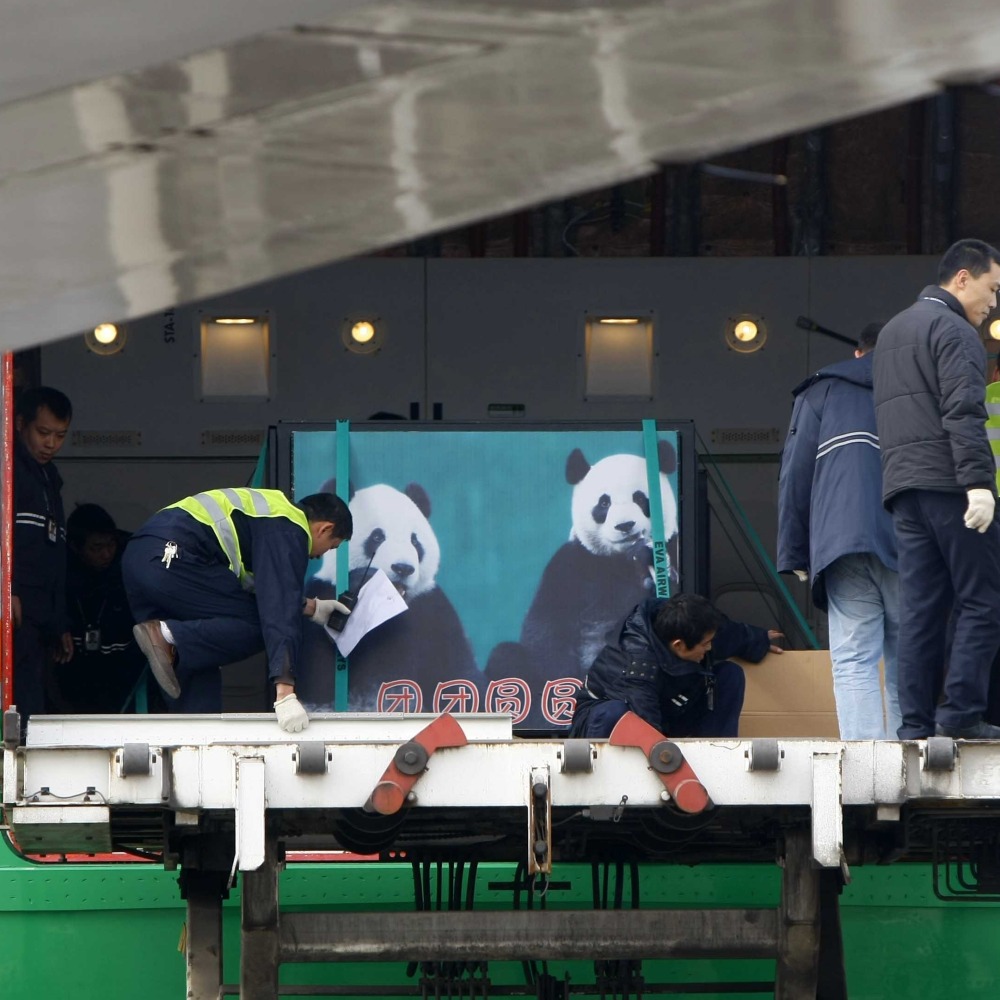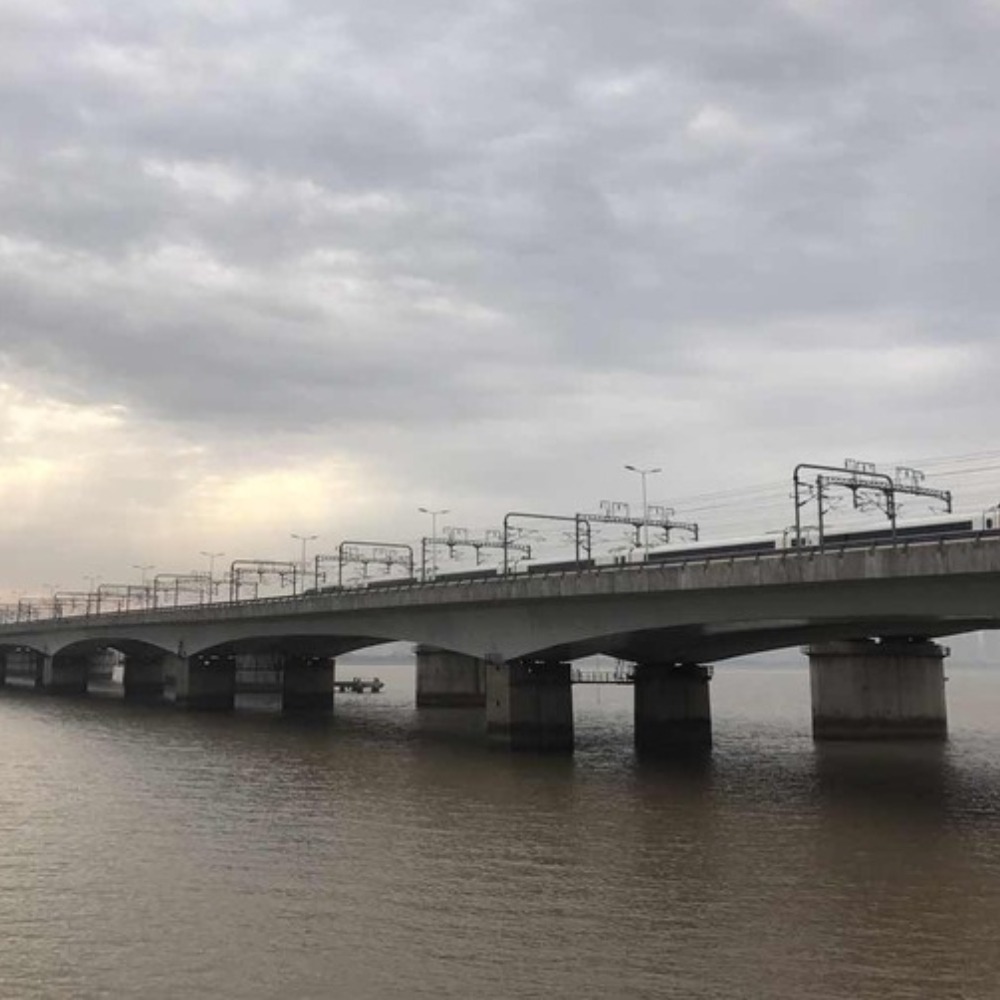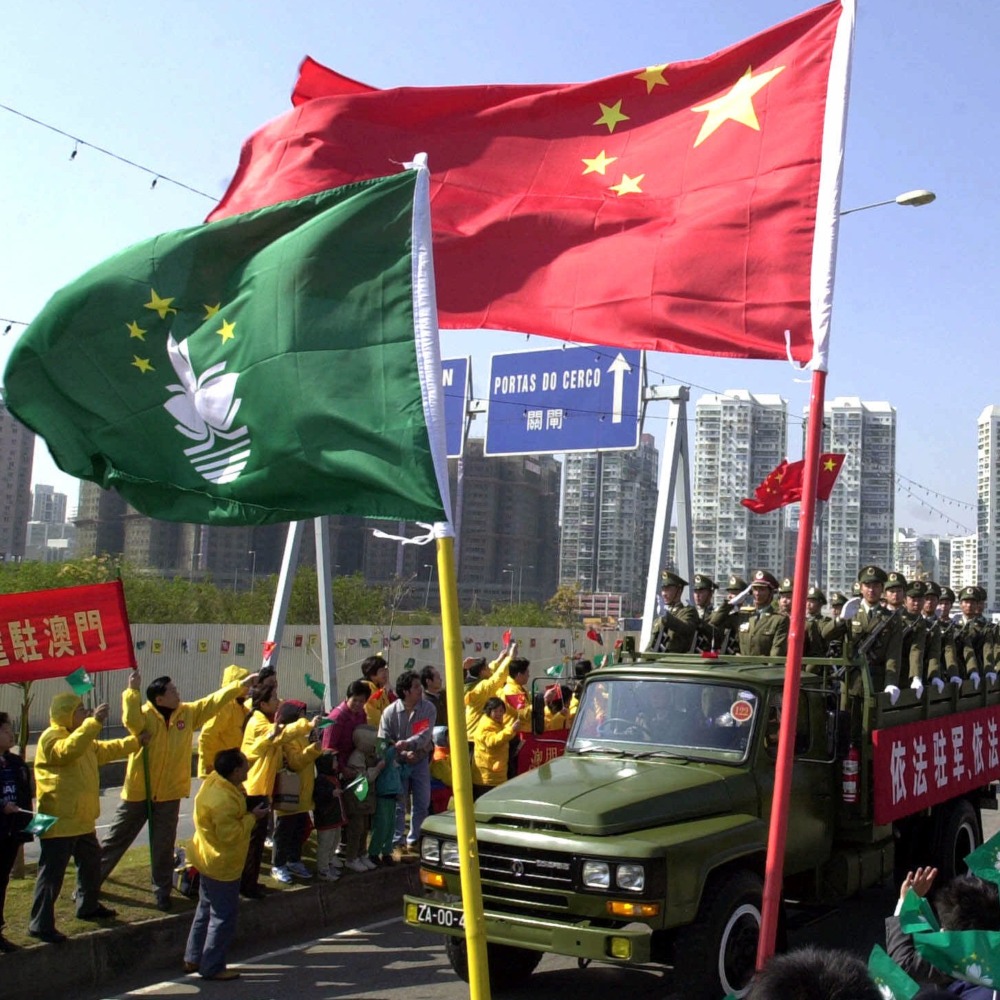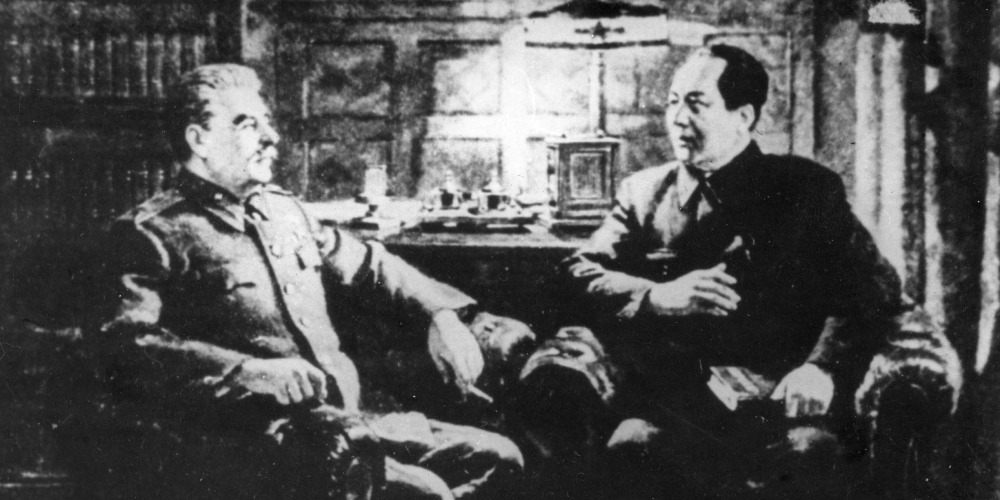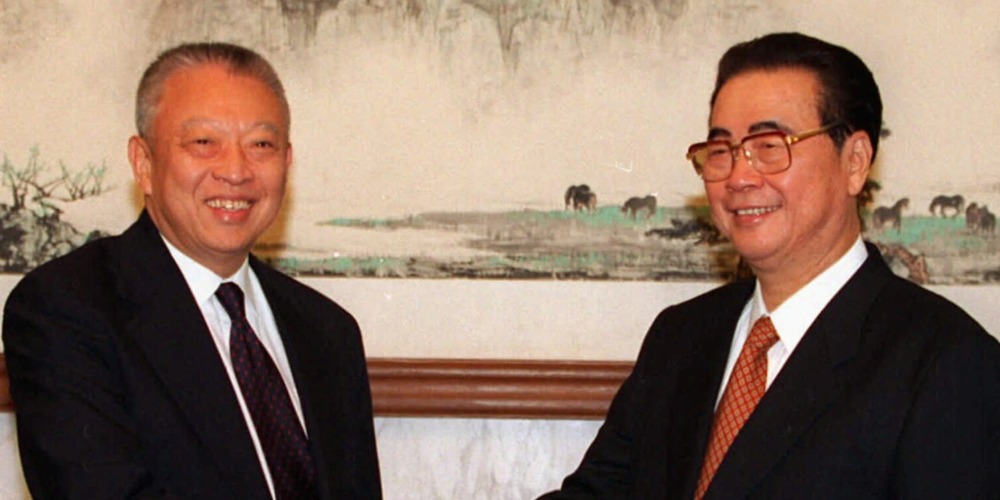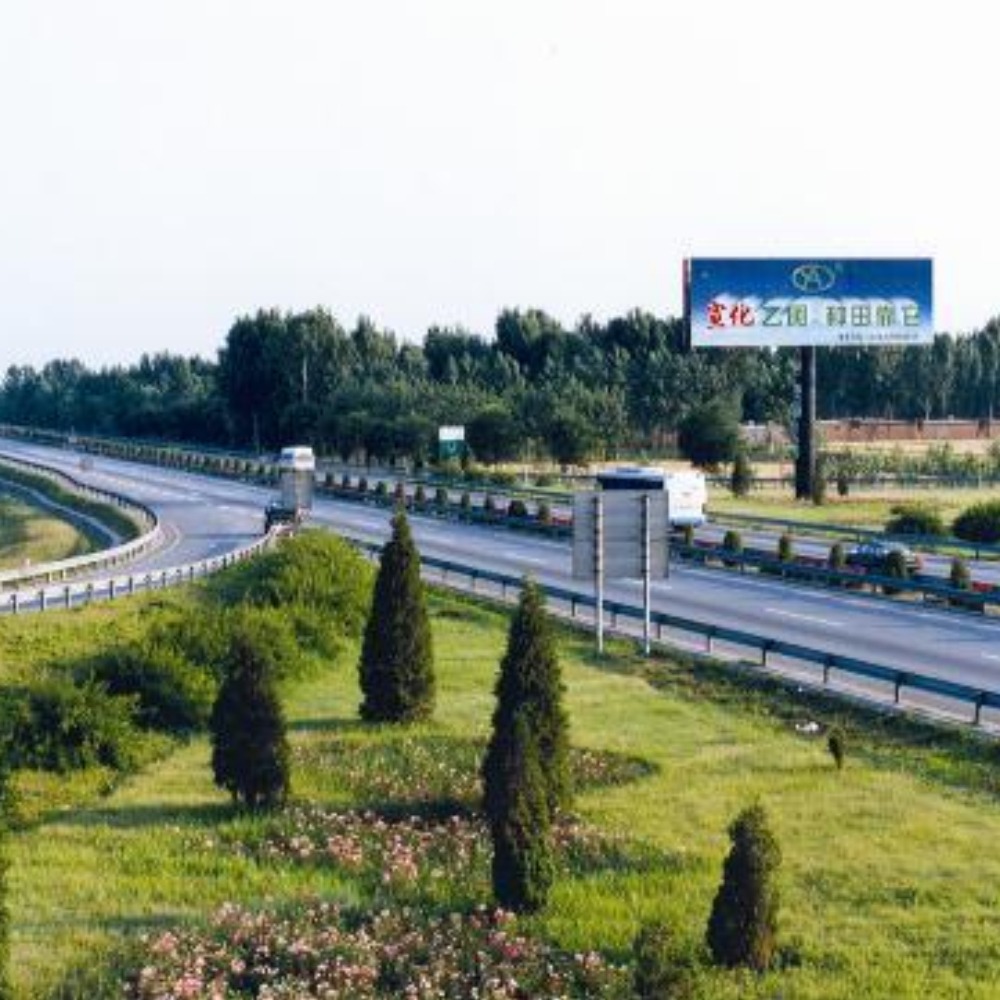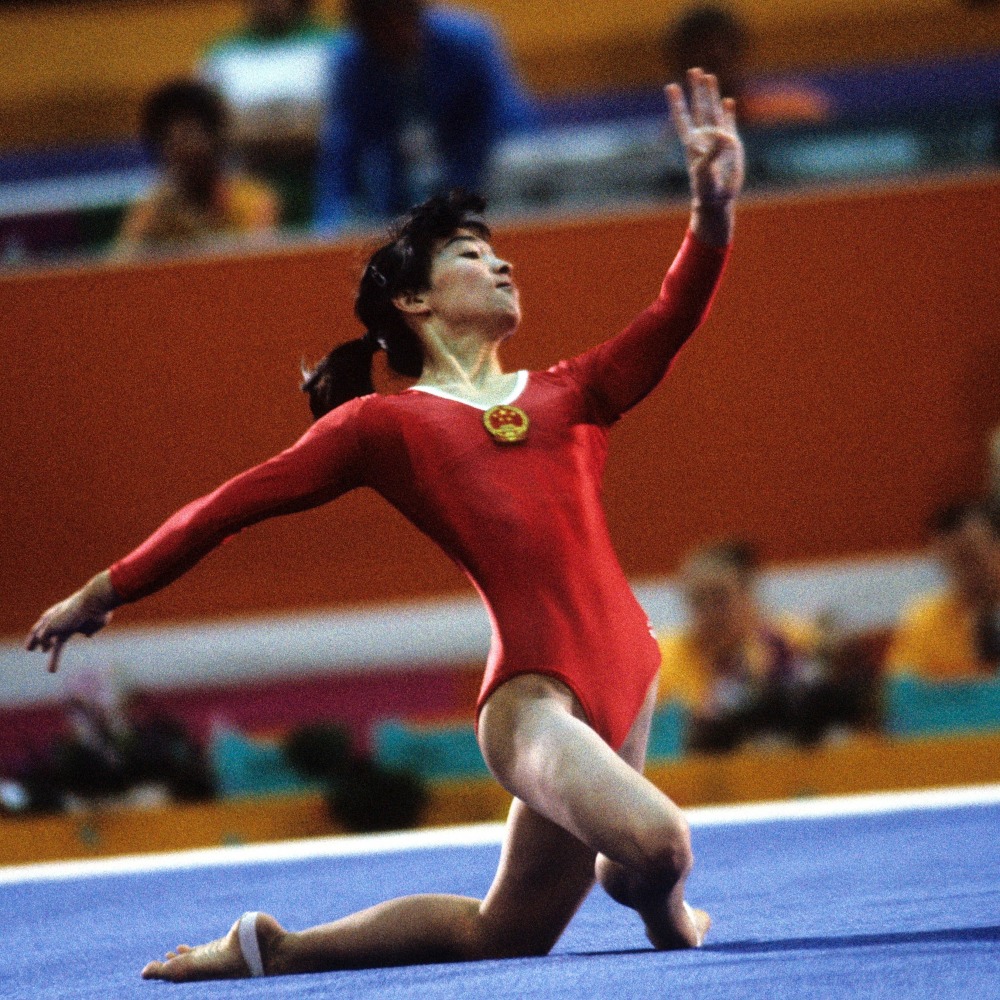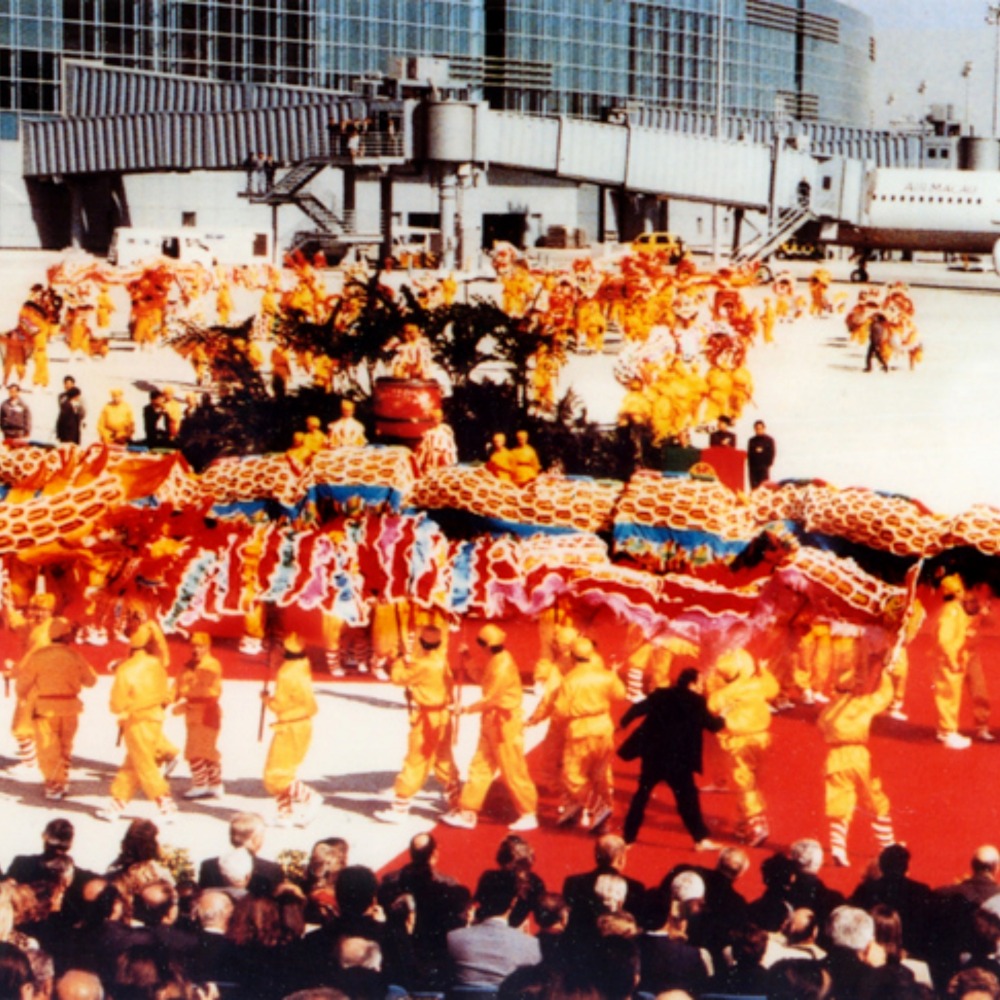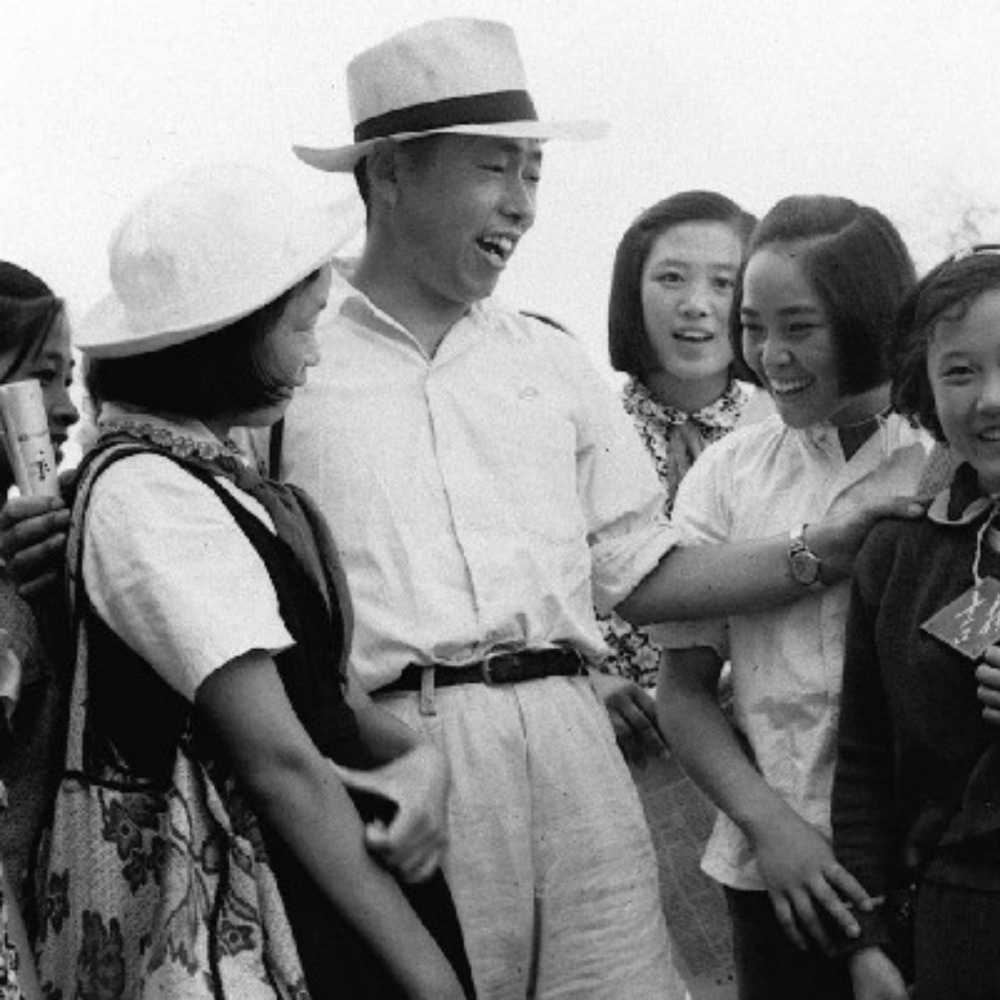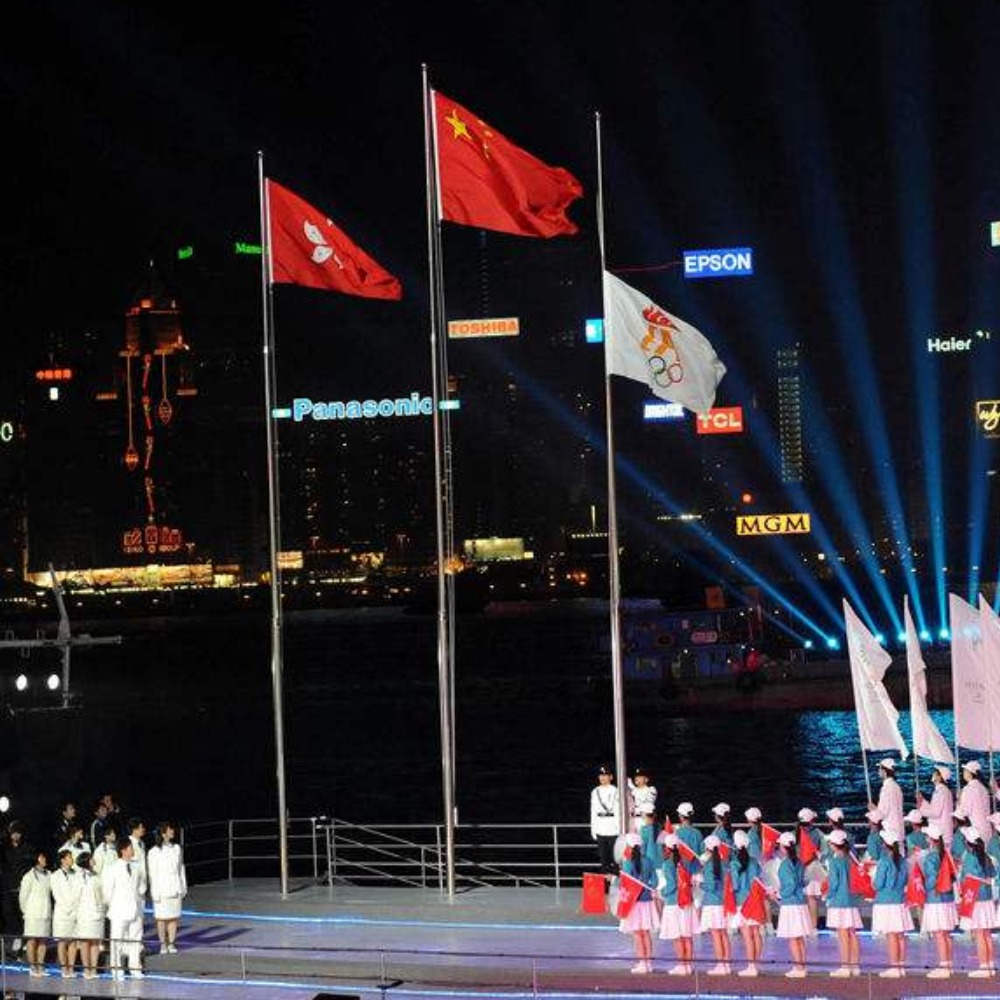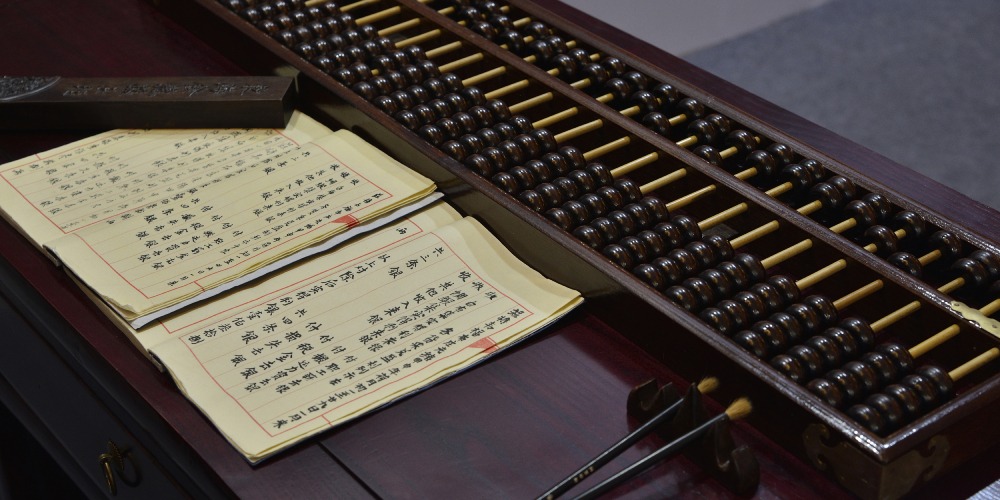Published : 2025-05-13
On May 13, 1954, the first large-scale reservoir constructed after the founding of the People's Republic of China (PRC), the "Guanting Reservoir" (官廳水庫), was completed and put into operation.
The Guanting Reservoir was built by PowerChina and covers an area of 230 square kilometres with a total storage capacity of 2.2 billion cubic metres. The reservoir area consists of the Yongding River and Guishui River basins, spanning Huailai County in Hebei Province and Yanqing County in Beijing.
The construction of the Guanting Reservoir was a large-scale control project aimed at harnessing the Yongding River and developing its basin.
During the flood season, it can reduce the peak flow of upstream floods, intercept a large amount of sediment, and play a significant role in flood control, power generation, irrigation, and flood mitigation, while also providing a relatively stable water source for the Beijing area.
Yongding River, historically known as the Wuding River, is the largest river in China's Haihe River system. The flooding of the Yongding River has historically caused numerous troubles and disasters for Beijing and Tianjin.
After the founding of PRC, the Central People's Government included the harnessing of the Yongding River in its important agenda.
In October 1951, with the approval of the Government, the construction of the Yongding River Guanting Reservoir officially commenced. The authorities mobilised more than 40,000 people for its construction, completing it in only two and a half years.
The completion of the Guanting Reservoir thoroughly solved the flooding problem of the Yongding River, creating an important barrier against flood threats for Beijing, Tianjin, and downstream areas.
The areas and targets it protects include the capital Beijing, Tianjin, northern Hebei, and important railway lines such as Beijing-Shanxi, Beijing-Guangzhou, and Beijing-Kowloon, as well as significant highways such as Beijing-Tianjin-Tanggu and Beijing-Shijiazhuang.
Therefore, in the history of Chinese water conservancy projects, the completion of the Guanting Reservoir holds significant importance.
In addition to flood control, the Guanting Reservoir supplies water to cities like Beijing, provides a large amount of aquatic products, and irrigates more than 20,000 hectares of farmland in the southeastern suburbs of Beijing.
However, the reservoir suffered from pollution caused by industrial waste from factories in the basin area in the early 1970s.
For this reason, the State Council established the Leadership Group for Guanting Reservoir Water Source Protection to control upstream pollution sources. Starting from 1973, the water quality was gradually brought to basic drinking standards.
In the following years, nearly 10,000 acres of ecological protection systems were built around the reservoir area, forming a three-dimensional protection belt combining trees, shrubs, and grass.
They have been playing a role in intercepting and purifying surface runoff, reducing sediment entering the reservoir, mitigating non-point source pollution, and improving the ecological environment.
By 2007, with the improvement in water quality, the Guanting Reservoir regained its function as a drinking water source for the capital, becoming a backup water source for Beijing.

